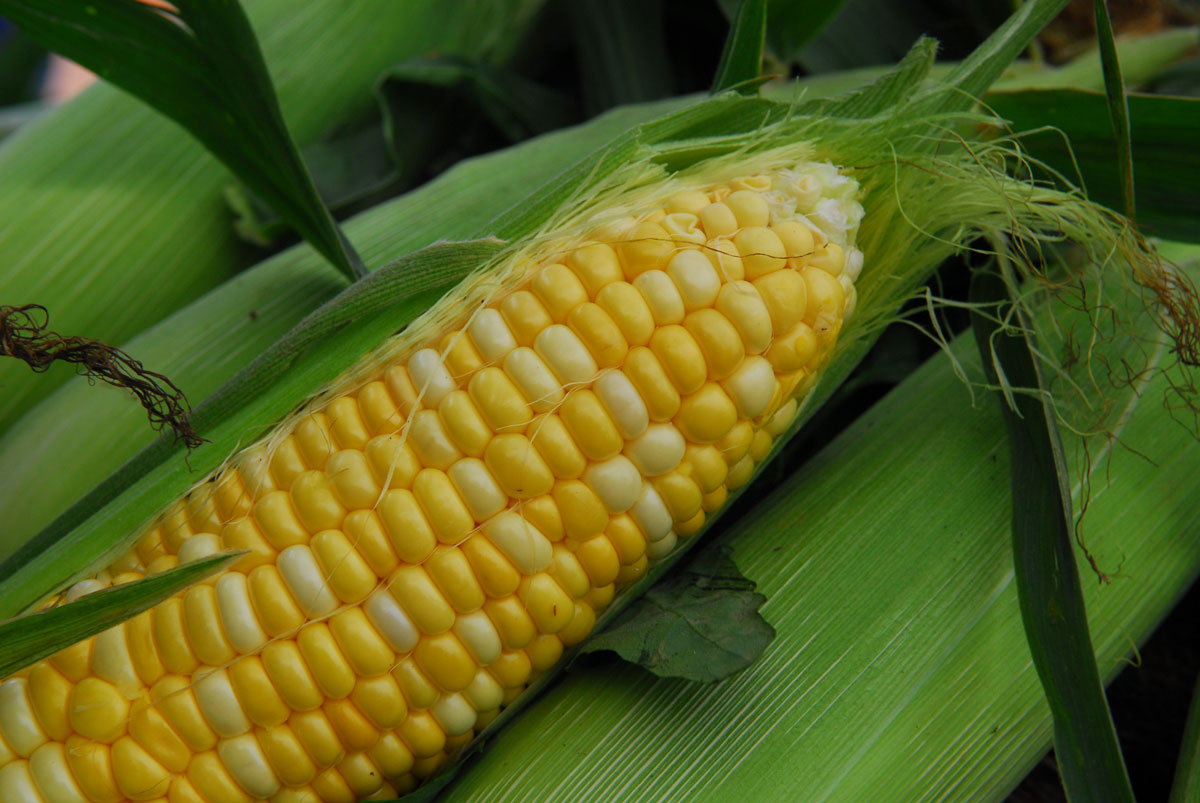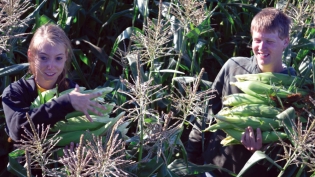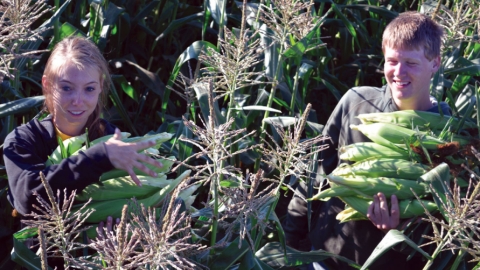Cooking Corn
Everyone has an opinion on how to prepare sweet corn, but for me there’s only one way. Grill it in the husk at temperatures above 300 degrees. I choose about 400. I line up the corn on the grill, and let it go until the husk browns--maybe even burns briefly. Don’t be surprised if the tassels and husk tips flame. After the husk browns, flip it on the other side until it burns a little too. It should only take a few minutes. Pull the corn off the grill, let it cool until you can handle it, then husk. Salt lightly if you wish, fresh ground pepper for sure, and butter lightly.
Growing up, rather than grill, we always boiled sweet corn for a few minutes, and some people still do. Some will be insistent that you need to boil it longer. But to me, this is a waste of good water, and maybe of good corn too.
The fact of the matter is that if you boil corn, the highest temperature that can be reached unless under pressure is 212 degrees, and browning doesn’t occur until temperatures exceed 300 degrees. At temperatures over 300 degrees, starches in the corn break down into sugars, and kernels become caramelized and sweet. But don’t cook it too hot or too long, a little caramelization is just right. Given the shape of an ear of corn, and the unevenness of the grilling process, kernels of corn on the cob do not caramelize evenly, which is all well and good, as it creates textural differences on the surface of the ear that add to the eating experience. All together, it makes for a much tastier ear of corn. And, if you don’t want to, you don’t even have to cook it. Take a fresh ear of corn and a knife, and cut the kernels off of the cob into virtually any cold salad.
Dan gets lots of recipe suggestions from patrons, some involving lots of cream and sugar and lengthy boiling. He attributes this to the fact that Iowans have a long history of eating tough field corn rather than tender sweet corn in olden days. While the sweet corn we eat today doesn’t need this extensive processing, it is understandable that the field corn we used to eat did indeed require additional preparation.
For fun, I include the following recipe for such a preparation from a very special cookbook. In 1908 the Knoxville PEO ladies published a cookbook of 575 compiled and tested recipes. It was reprinted in 1992 by The University of Iowa Press in the Iowa Szathmary Culinary Arts Series edited by David Schoonover. The book is full of wonderful historic recipes, and Kay Jensen and Christa Belknap, current members of the Knoxville PEO who introduced me to the cookbook, tell me that it was a present commonly given to new brides. Here it is, verbatim:
Fricasseed Corn
Mrs. Geo. P. Anthes
Cut fresh corn from the cob; put in a pot and just cover with boiling water. Let it boil half an hour, mix in a half pint of cream, a tablespoon of butter, one of flour a little salt and pepper, and let it boil a few minutes.






